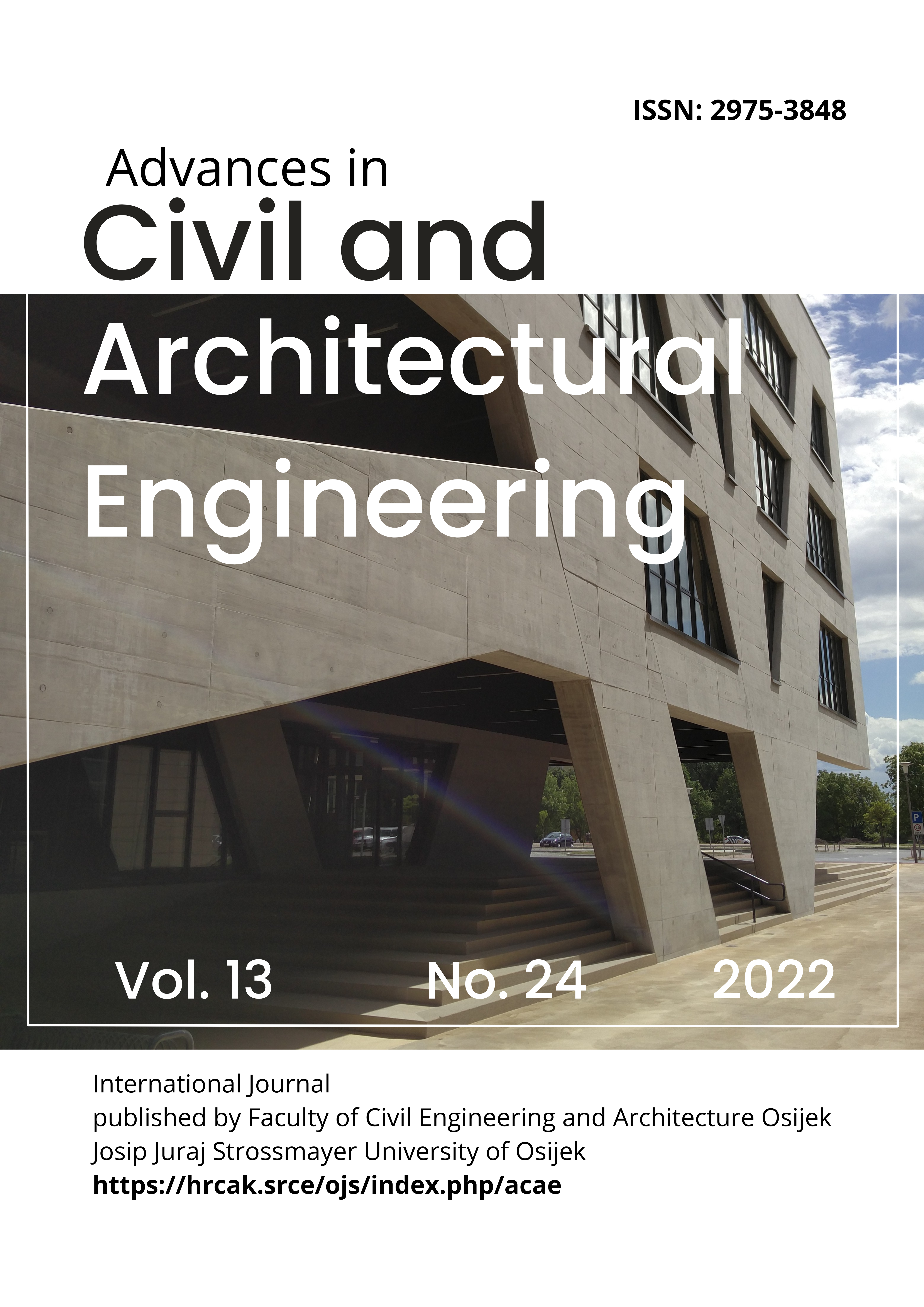LABORATORY MODEL DESIGN FOR DEEP SOIL MIXING METHOD
Keywords:
Soil Improvement; deep soil mixing method; laboratory-scale device.Abstract
One of the most critical problems in the construction sector is the inadequate bearing capacities of
subsoils. To solve this problem, various soil improvement methods are employed. Soil improvement is defined as
the improvement in soil properties to the desired level by using various methods when the soil is not suitable for
superstructure loads. Various types of soil improvement methods exist, and their application depends on the
construction site, soil properties, earthquake zone, application time, and cost. One of the most widely used
methods recently is the deep soil mixing method. In this study, a laboratory-scale deep soil mixing device is first
developed; subsequently, the effects of injection pressure, mixing time, and dosing parameters on application are
investigated. Deep soil mixing columns are prepared using different injection pressures, mixing times, and
dosages and then subjected to the unconfined compression test. Results show that the effects of injection
pressure, cement dosage, and mixing time on the unconfined compressive strength of deep soil mixing samples
vary based on the initial soil properties.


